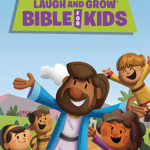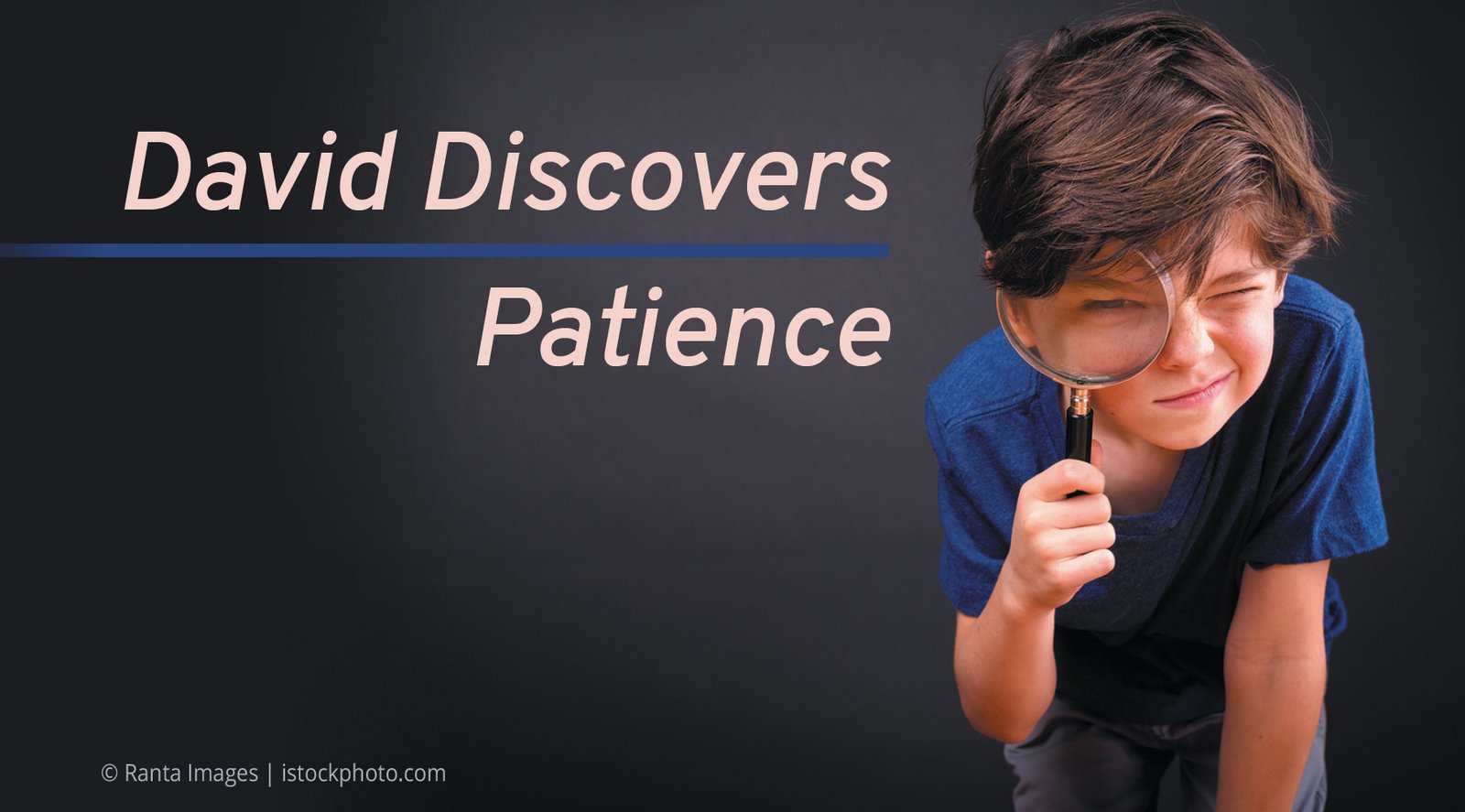-
Support our Mission Today
Founded in 1863, the Bible Advocate encourages the church to live by every word of God and equips believers for good works through the Holy Scripture. Our mission is to help Christians understand and obey God’s word, with insightful articles on biblical topics and doctrine, current religious and cultural issues, Christian living, and inspiring personal testimony.
A Fishing Lesson
- By Daniel Flores
- Estimated read time 5 min read
- October 2, 2025
The perseverance of Peter, the fisherman. by Daniel Flores One night, Simon Peter was determined to fish by the Lake of Gennesaret, near where he…
For His Name’s Sake
- By Sheila Bain
- Estimated read time 3 min read
- September 26, 2025
by Sheila Bain Why do kingdom people need patience? What does it look like, and what is its purpose? Patience can be difficult today. You’ve…
A Homecoming to Remember
- By Diana C. Derringer
- Estimated read time 3 min read
- September 26, 2025
by Diana Derringer “Return to your own house, and tell what great things God has done for you” (Luke 8:39). “Who lives here?” “We do,”…
Why Love Needs Patience
- By R. Herbert
- Estimated read time 5 min read
- September 19, 2025
A closer look at the Love Chapter. by R. Herbert Have you ever noticed that in his famous description of the nature of love in…
Miriam’s Song
- By Laura L. Bradford
- Estimated read time 3 min read
- September 12, 2025
by Laura L. Bradford Thinking back to early childhood, I can’t remember a time when I didn’t have a melody running through my head. I’ve…


















